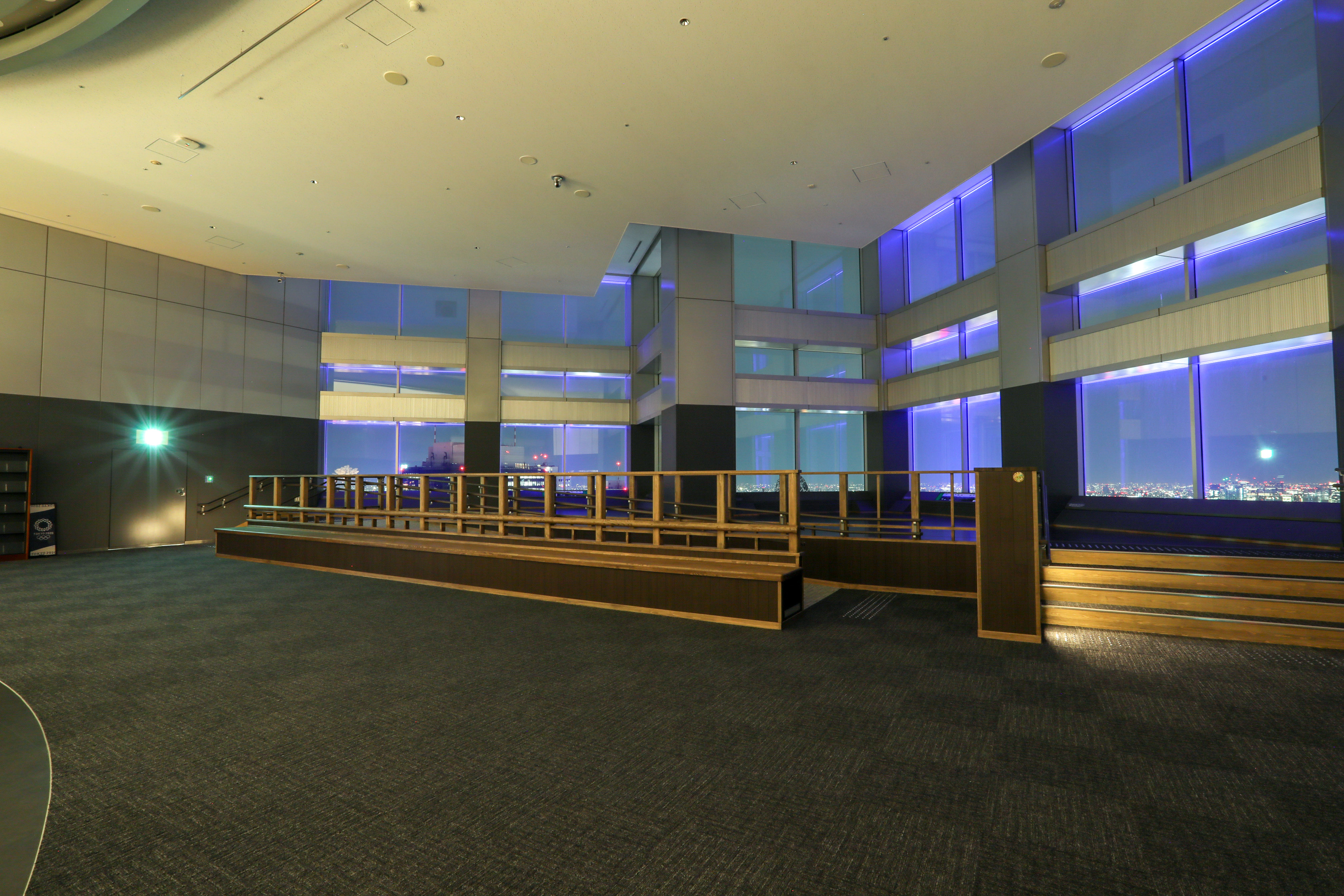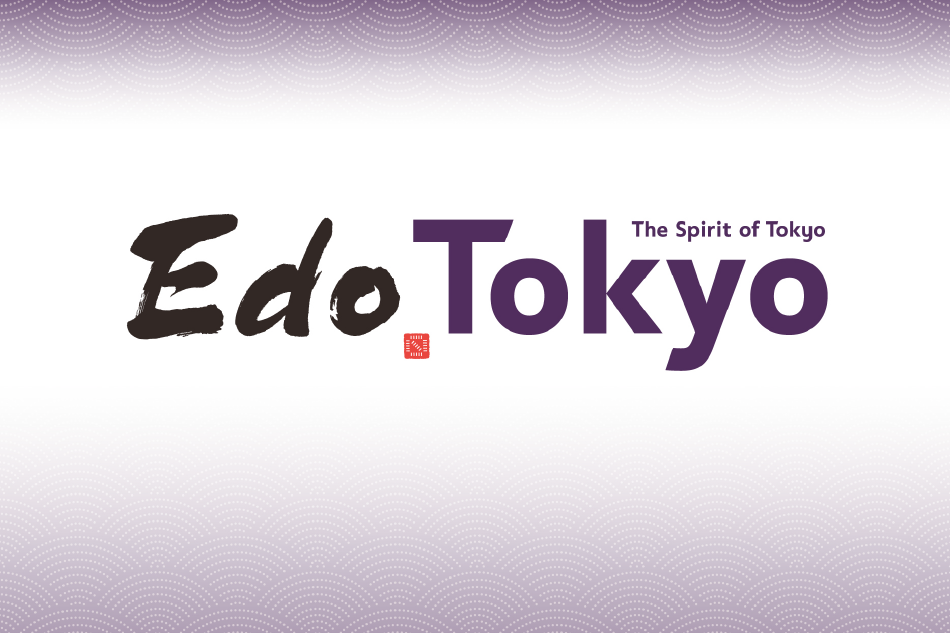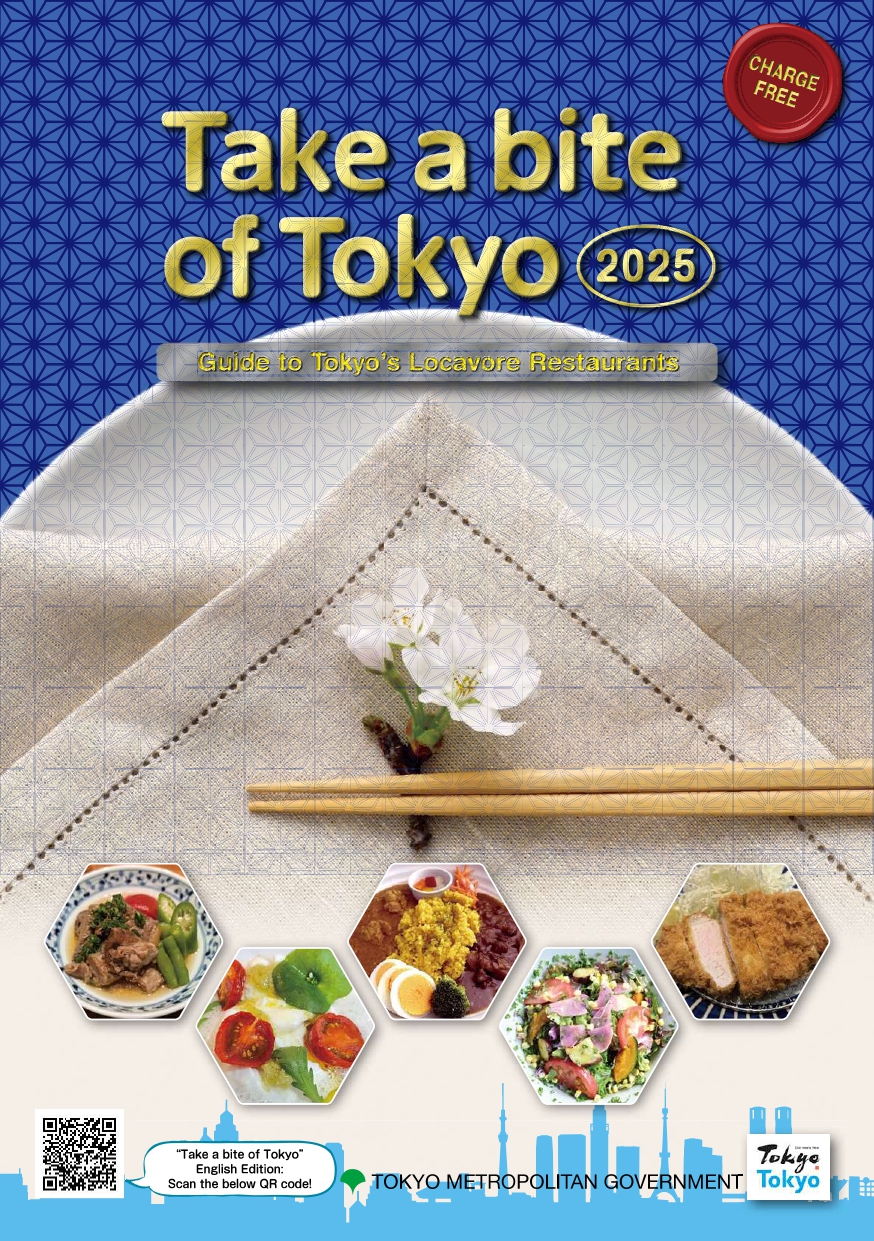From Prints to Panels: How Traditional Japanese Art Influenced Contemporary Manga and Anime
On a typical Sunday afternoon, the bustling main street of Akihabara, Tokyo's anime capital, pulses with activity. Colorful billboards showcasing iconic anime and manga characters loom large over the lively pedestrian zone, flanked by shops offering an exhaustive collection of merchandise and memorabilia, and themed cafes that invite fans to step into the worlds of their favorite narratives.
The Howard Mansfield Collection, Purchase, Rogers Fund, 1936
Japanese manga and anime have captivated global audiences with their richly developed characters, unique storytelling, and diverse genres, establishing a significant cultural footprint well beyond Japan. Highlighting the enduring appeal and influence of Japanese animation, Spirited Away won an Oscar for Best Animated Feature in 2003, and nearly two decades later, Demon Slayer: Mugen Train set a new record for the highest-grossing opening weekend of any foreign language film in the United States.
Akihabara is a mecca for manga and anime lovers.
Some trace the roots of modern manga back to painted handscrolls from 1200 AD, while others cite the kibyoshi—illustrated novels produced by Japanese artists in the late 1700s. One name, however, remains closely associated with the genre—the prolific ukiyo-e artist Katsushika Hokusai.
Drawing inspirations from the past
One of Hokusai’s most famed works, ‘Under the Wave off Kanagawa,’ also known as ‘The Great Wave,’ is representative of ukiyo-e, a form of Japanese art that flourished during the Edo period (1603-1868). Known for its vivid imagery and woodblock printing techniques, ukiyo-e enabled the mass production of prints exploring various themes including landscapes, theater, and other leisure activities in its capital Edo (present-day Tokyo).
Hokusai’s cropped compositions, bold lines, and attention to detail—such as the capture of action in The Great Wave—are also evident in the visual styles of many manga. Beyond The Great Wave, Hokusai’s work from the 1820s to the 1840s included illustrations compiled in the picture encyclopedia ‘The Great Picture Book of Everything’. These works include one depicting a bolt of lightning striking Virūdhaka dead, which uses radial lines to demonstrate the intensity of the lightning bolt—impact lines still used in action sequences in contemporary manga.
His compilation, ‘Hokusai Manga,’ a 15-volume collection of drawings intended as a study tool for aspiring artists, showcases his ability to capture motion and emotion, including a series of sketches featuring sumo wrestlers and another series depicting traditional Sparrow Dance performers in various poses. Although the term 'manga' here refers to sketches, the narrative and visual styles of today’s serialized graphic novels and anime—with their exaggerated expressions and dynamic movements—mirror the aesthetic and storytelling styles of ukiyo-e and Hokusai.
Sparrow Dance. Katsushika Hokusai. Purchase, Mary and James G. Wallach Foundation Gift, 2013
Transforming perspectives
The influence of traditional Japanese art forms was pivotal in transforming artistic perspectives beyond its borders. The mid-19th century opening of Japanese ports sparked the Japonism movement, bringing an influx of Japanese art objects, including ukiyo-e prints, to Europe. This cultural exchange inspired Western artists and designers, notably Vincent van Gogh, whose masterpiece ‘Starry Night’ is thought to have been inspired by Hokusai’s work, with the swirling movements in the night sky mirroring the waves in the latter’s art.
Van Gogh, an avid collector who owned over 500 Japanese prints, was a profound admirer of Hokusai’s The Great Wave, describing it in a letter to his brother Theo as a scene where the “waves are claws, the boat is caught in them, you can feel it.” He viewed ukiyo-e as a fresh perspective on the world, characterized by vivid colors and bold outlines, asserting, “All my work is based to some extent on Japanese art.”
The influence of Japanese woodblock art is prominent in many of van Gogh’s works, such as ‘Flowering Plum Tree,’ inspired by ukiyo-e artist Utagawa Hiroshige, and ‘Courtisane (after Eisen),’ styled after Keisai Eisen’s works. If one looks closely at van Gogh’s ‘Portrait of Julien Tanguy,’ a print by Utagawa Kunisada can be seen behind the subject’s right shoulder. Van Gogh’s use of bold outlines and wide areas of bright colors in the flat, two-dimensional portrayal of a mother in Madame Roulin Rocking the Cradle (La berceuse) is also evocative of Japanese prints.
Impressionist artist Claude Monet, owner of over 230 ukiyo-e prints including The Great Wave, similarly drew inspiration from Hokusai. Monet emphasized asymmetrical compositions and flatness in his art, notably in his four chrysanthemum paintings, echoing Hokusai’s expressive use of space seen in his 'Large Flowers' series. Highlighting the significant impact of Hokusai's work on cross-cultural artistic development, his technique of depicting multiple views, as in 'Thirty-six Views of Mount Fuji,' may also have influenced Monet’s repeated depictions of subjects, such as the wooden footbridge over a water lily pond and stacks of wheat.
In the latter half of the 19th century, Japonism extended into Western attire, with the spread of kimono-style garments as well as Japanese iconography appearing on clothes—including a traditional helmet on an afternoon cloak designed by Charles Frederick Worth, the ‘father of haute couture.’ Today, the legacy of Japanese influences continues to be seen in fashion houses' collaborations with manga and anime, such as Onitsuka Tiger x Astro Boy, Dolce & Gabbana x Jujutsu Kaisen, Coach x Naruto, Longchamp x Pokémon, and Gucci x Doraemon."
Returning to square one
As the global popularity of Japanese manga and anime grows, enthusiasts gather to share their passion at conventions and festivals worldwide, including in North America—where Anime Expo in Los Angeles attracted over 407,000 visitors in 2024—Europe, South America, Oceania, and Asia.
Japan, the homeland of anime, hosts numerous festivals such as AnimeJapan, which saw its 2024 attendance more than double from the previous year and will return to Tokyo Big Sight in March 2025. The legacy of ukiyo-e continues to be celebrated at special events, including at Tokyo’s Nishi-Shinjuku area, which boasts the largest permanent architectural projection-mapped display of its kind worldwide. This venue hosted a projection mapping introducing the traditional art form during last year’s New Year’s Eve Countdown event.
Tokyo’s Nishi-Shinjuku area, boasts the largest permanent architectural projection-mapped display of its kind worldwide.
A survey by the Japan Tourism Agency found that 7.5 percent of inbound foreign visitors in 2023 explored film and anime locations in 2023, while over 10 percent cited this as a reason to return, highlighting anime’s strong appeal among international travelers. This growing interest has also led to an increase in foreign tourists at key locations in Tokyo. Anime and manga continue to thrive in the city with themed museums such as Anime Tokyo Station, located next to Ikebukuro Station in one of the city’s major hubs for anime and manga culture; The Sumida Hokusai Museum, displaying the master’s works; and the Tokiwa-so Museum, a former apartment that housed manga artists like Tezuka Osamu, the creator of Astro Boy.
The Anime Tokyo Station exhibition showcases popular anime from various eras and regions.
Tokyo's public transportation system—an extensive, efficient, and punctual network of trains, subways, and buses—allows fans to easily explore locations associated with anime titles using the Tokyo Anime MAP and immerse themselves in a world of imaginative storytelling. Those interested in tracing the roots of the modern art form can visit the Ōta Memorial Museum of Art, dedicated to ukiyo-e woodblock prints, or the Sumida Hokusai Museum, which celebrates the life and works of one of the most influential figures in the world of ukiyo-e.
Just as Hokusai and other ukiyo-e artists exemplified traditional Japanese art and served as a foundational influence on contemporary art forms such as anime and manga, these modern expressions continue to expand their global influence, bridging past artistic traditions with contemporary expressions of Japanese culture.
Plan your trip to Tokyo and discover the world of anime and manga.
Content by CNN International Commercial.









Recommended for You
Tokyo World Athletics Championships Opening Ceremony
September 13, 2025
SSFF & ASIA 2025: Tokyo’s Short Film Fest Welcoming AI, Vertical Format
August 1, 2025
Chef's Thoughts on Tokyo:A Taste of Ethiopia in Tokyo: Spices, Fermentation, and Rich Culture
October 3, 2025
Opening Ceremony for ‘Tokyo Wasshoi’ Festival Performance Event
September 12, 2025
[Mori Seimenjo] Introducing Mori.Zen, a Seating Brand Designed to Restore Mind and Body
October 7, 2025
Edo Tokyo Kirari Project: Introducing Four New Businesses
September 17, 2025
Japanese Katana: 1,000 Years of Sophisticated Craftsmanship
September 12, 2025
Soaking In Tokyo's Rich Sento Culture
September 10, 2025
Edo Tokyo Kirari Project: Enjoy Summer Style with Made-in-Tokyo Yukata Accessories
September 2, 2025
Tokyo Launches “WELCOME! SENTO Campaign” Showcasing the Unique Appeal of Japan’s Public Baths to Overseas Tourists
September 2, 2025